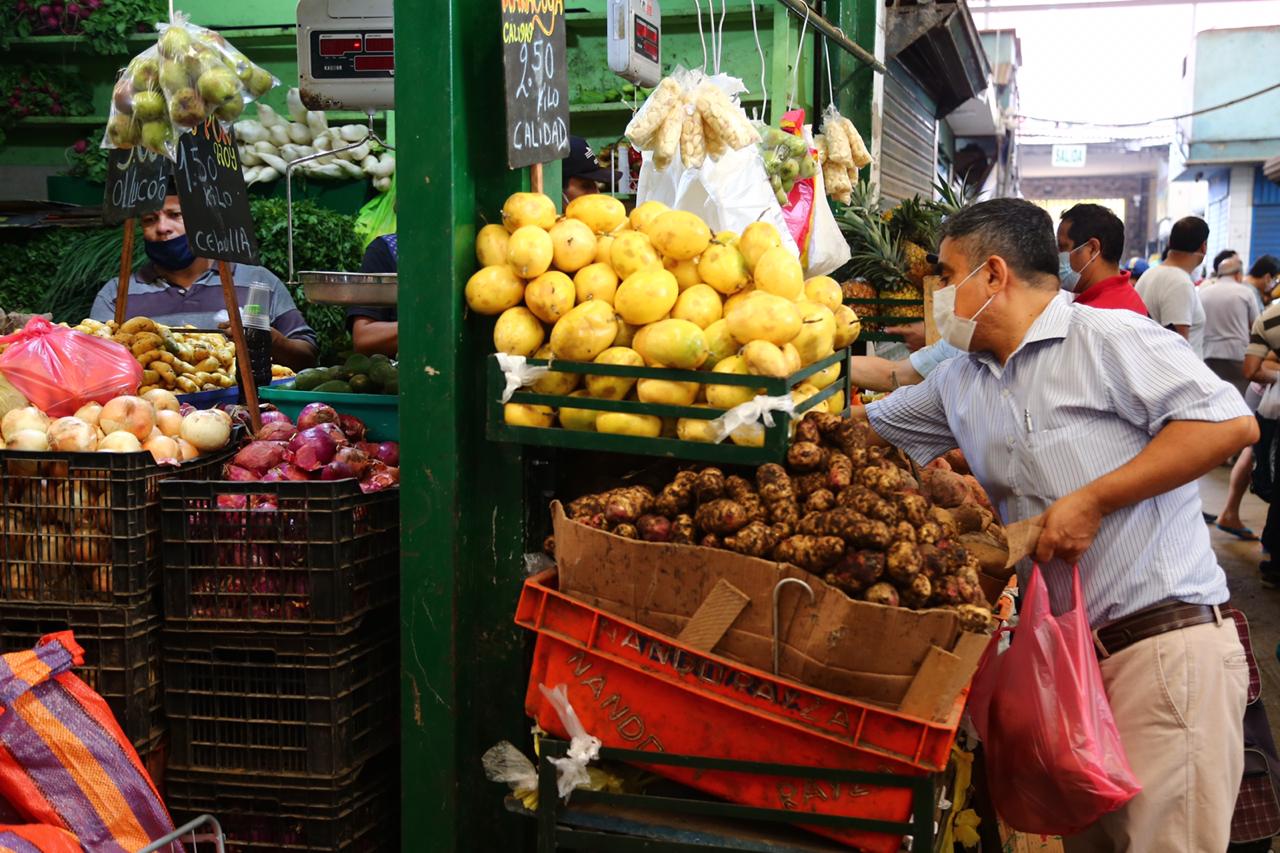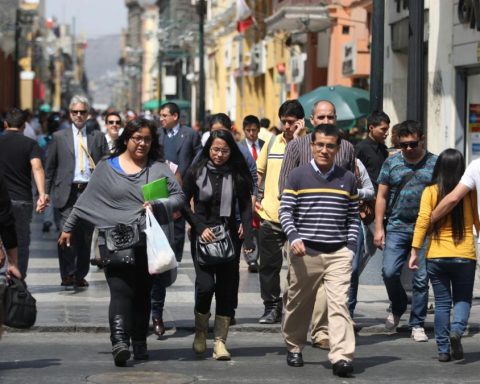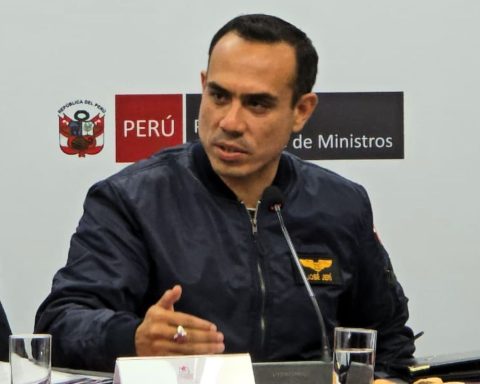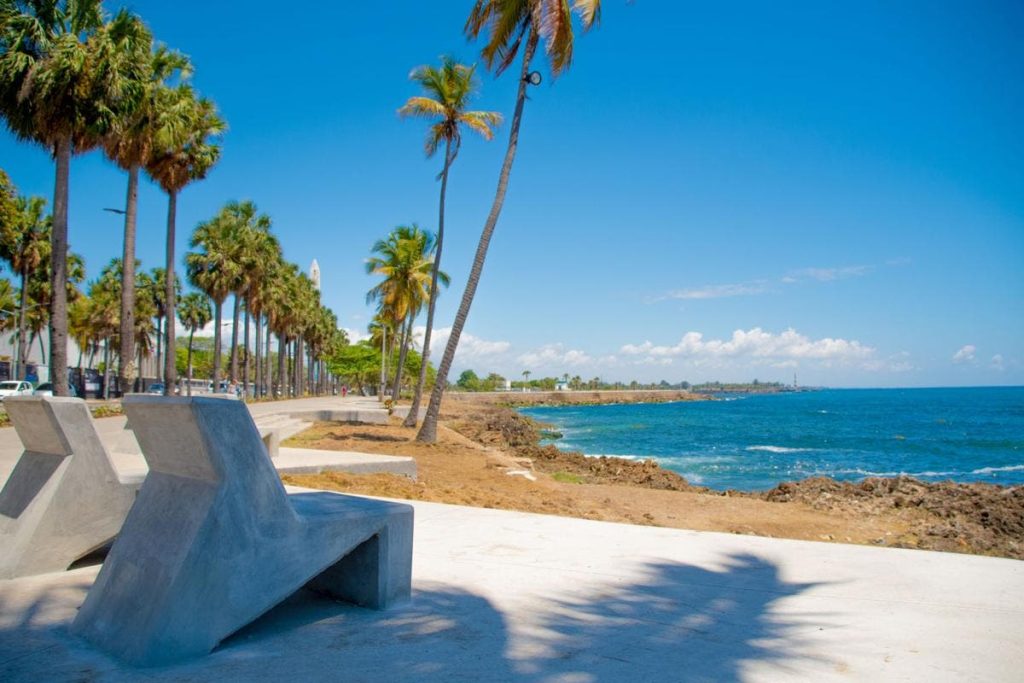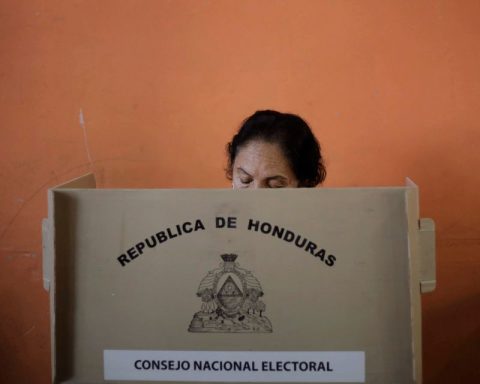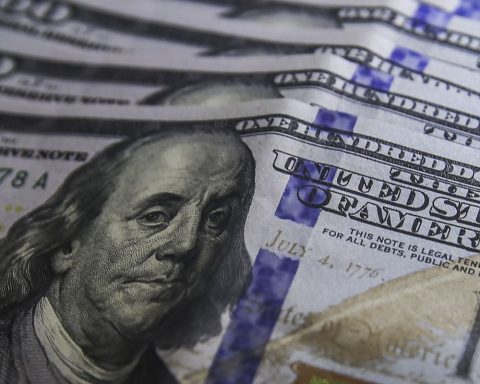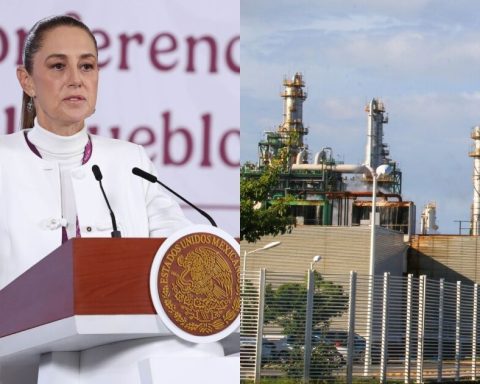Consumer prices in Metropolitan Lima rose, on average, 0.24% in September, which inflation accumulated in the last 12 months accumulated an advance of 1.78%according to the National Institute of Statistics and Informatics (INEI). This level is the lowest since October 2020.
LOOK: “Bolivia suffers from Peru in the 80s”
Food and non-alcoholic beverages is the consumption group that registers the greatest drop in prices with -1.14%, with fruits registering the greatest decrease with 21.65%. Also, a drop was observed in the cost of vegetables, legumes and tubers by 3.18%, as well as in milk, cheese and eggs by 3.31%, and in oils and fats by 6.44%.
However, in the transportation sector, an increase in prices of 2.75% was observed, which was offset by fuels and lubricants, whose values decreased
at 8.57%.
Meanwhile, the recreation and culture group showed an increase of 1.87% in 12 months. In addition, education rose 4.98% and health 1.65%.
On the other hand, INEI data also reveal that the National Consumer Price Index fell 0.12% in the ninth month, accumulating an annual inflation of 1.49%.
Explanation
In his recent presentation before the Congressional Budget Commission, the president of the Central Reserve Bank (BCR), Julio Velarde, in addition to giving lectures to parliamentarians, also highlighted that the level of inflation currently recorded in Peru is the lowest in a long time.
“We are the country in this century that has had the lowest inflation in the region. (…) It is also the country that has the longest period with single-digit inflation. We have had single-digit inflation for almost 28 years. Neither their grandparents nor their great-grandparents have enjoyed such low inflation in such a long period,” said Velarde.
However, he acknowledged that after the pandemic, inflation in Peru registered high rates (it reached a maximum of 8.81% in June 2022), due to external factors that were beyond the monetary policy of the Central Bank.
“If the price of wheat rises, it affects the price of bread, of noodles. If the price of soybeans and corn rises, it affects the price of chicken. There is no way to avoid it,” he added.
In that sense, he pointed out that the entity he leads could have lowered inflation when it was high, but that would have meant a very large cost for the country given that it depended more on external factors.
“The only task is inflation, but the inflation that comes from domestic factors, the one that comes from all over the world, there is little we can do,” he added.
Advances
On the other hand, the INEI presented leading indicators of the economy. He revealed that in August, fishing production fell 27.78%, after four consecutive months of growth. He indicated that in the same period, mining and hydrocarbons registered an advance of 8.87%, while local cement consumption increased 0.14%.
Take advantage of the NEW EXPERIENCE, receive our enriched digital newspaper by mail or WhatsApp. Peru21 ePaperLearn about our plans!
RECOMMENDED VIDEO
